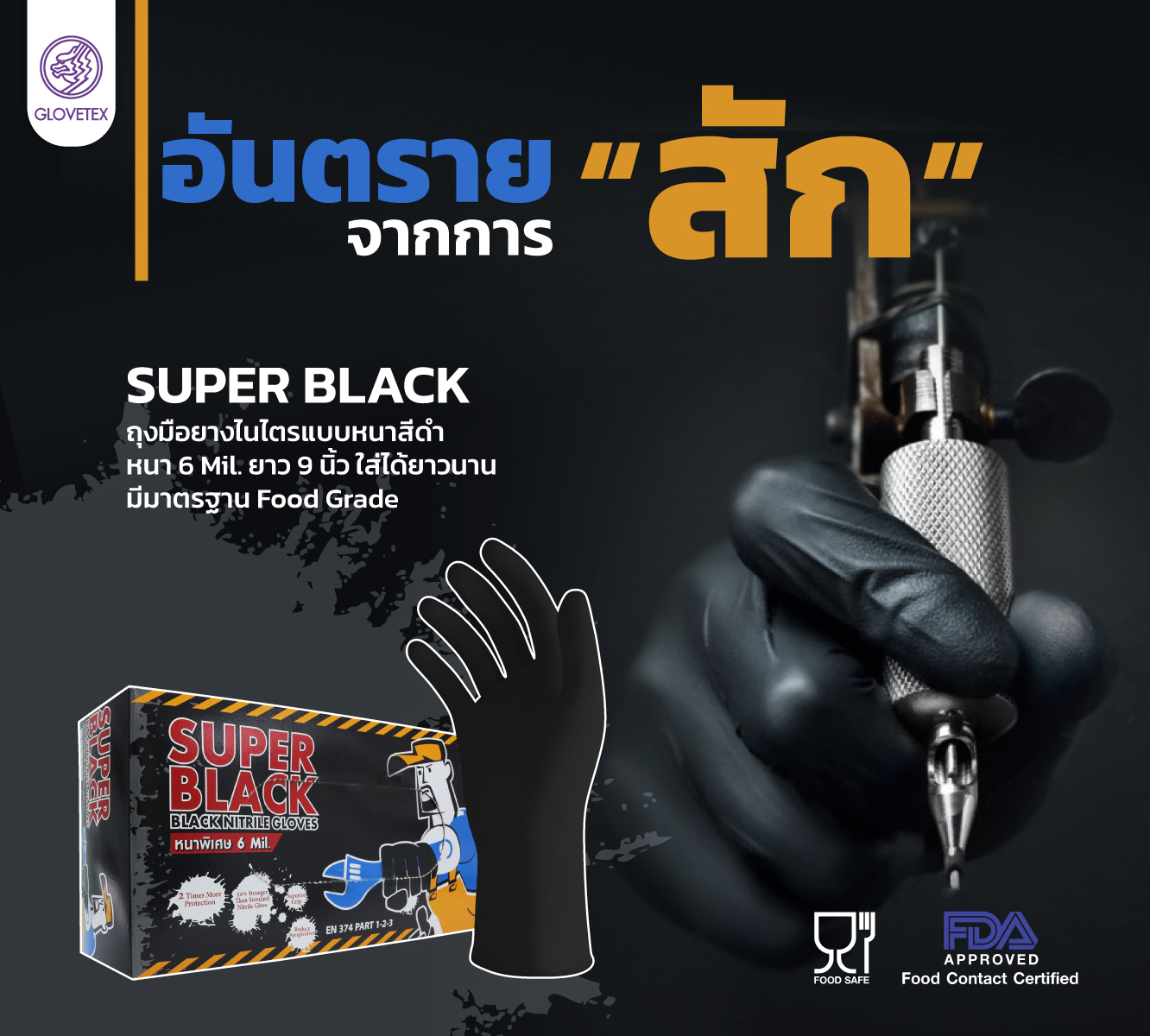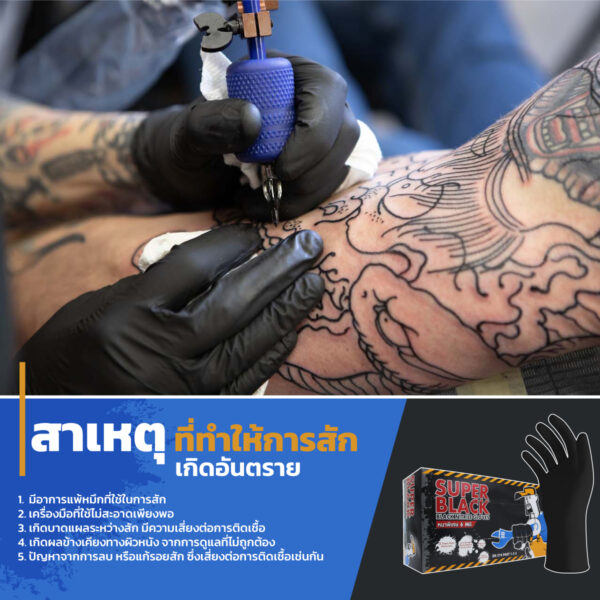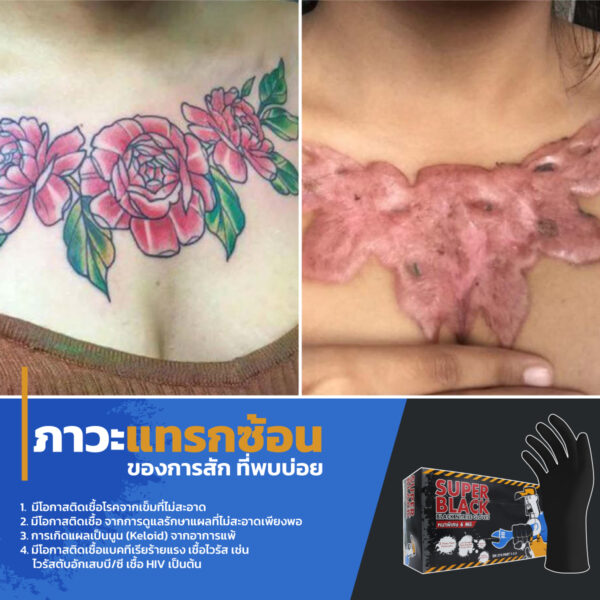Warning for Tattoo Enthusiasts: Consider the Risks and Dangers of Getting a Tattoo

Think carefully before getting a tattoo as it can lead to infections and permanent scars.
Dr. Manas Potaporn, Deputy Director-General of the Department of Medical Services, revealed that those who are captivated by the beauty of colors and patterns in tattoos may not yet be aware of the potential health risks associated with tattooing, which can arise from various factors.



The reasons why getting a tattoo can be dangerous.
- Allergic reactions to the ink used for tattooing
- Insufficiently sterilized equipment
- Improper aftercare leading to various side effects affecting the skin and other body systems
- Tattooing involves piercing the skin, which can cause bleeding and pose risks of complications such as infections, allergic reactions to dyes, keloids (raised scars), or regret leading to tattoo removal later. The incidence of infections related to tattooing has been increasing.
Common complications of tattooing include:
- The possibility of bacterial or viral infections from unclean needles
- Insufficiently clean aftercare, leading to potential infections
Common pathogens include : Bacteria and viruses such as Hepatitis B/C and HIV
Improper aftercare of a tattoo can pose serious risks.
Dr. Mingkwan Wichaidit, Director of the Institute of Dermatology, Department of Medical Services, further stated that the increasing popularity of tattoos in sensitive areas prone to infection, such as the lips or genital area, complicates aftercare. These areas are more susceptible to infections and can result in scarring or even systemic infections.
MICROTEX Super Black Nitrile Gloves 6 Mil.
Here is a guide on how to care for your skin after getting a tattoo
Observe Proper Initial Care: Ensure the tattoo artist applies a thin layer of petroleum jelly on the tattoo before covering it with a bandage or plastic wrap. This helps prevent bacteria and other pathogens from entering the wound and protects the area from irritation caused by friction with clothing.
Remove the Bandage After 24 Hours: After 24 hours, carefully remove the bandage. Wash your hands thoroughly before cleaning the tattoo with antibacterial soap and clean water. Pat the area dry gently with a clean towel.
Apply Petroleum Jelly: Apply a thin layer of petroleum jelly or an antibacterial ointment on the tattoo. Do not reapply the bandage; leave the tattoo exposed to air.
Regular Cleaning: Continue to clean the tattoo 1-2 times a day using antibacterial soap and water.
Avoid Picking Scabs: If scabs form, do not pick at them. Let them fall off naturally to prevent scarring.
Seek Medical Attention for Infections: If you notice any signs of infection, such as excessive redness, swelling, or inflammation, consult a healthcare professional immediately.
information. or request a quotation
Call Center: 034-878762 ext. 3
Or you can follow us at : Click here
Hotline 083 989 7512 (telephone sales department)
credit: https://www.sanook.com/health/17929/




